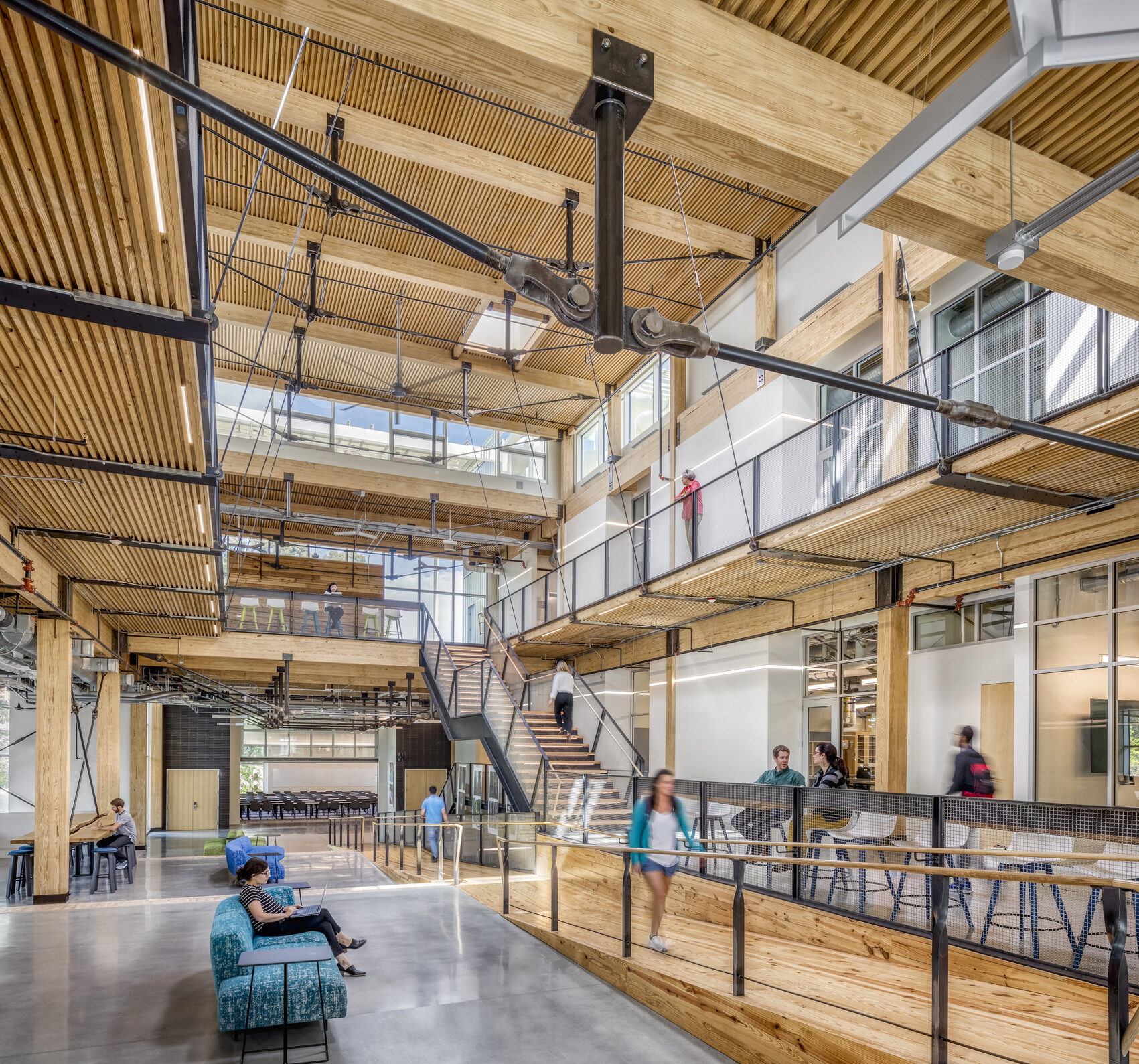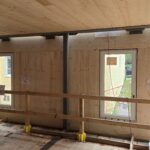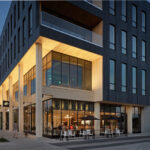Expert Tips
LEED Credits for Use of Wood Products
Overview plus in-depth resource for understanding the contribution of structural wood products to LEED certification

This article references LEED v5 as well as previous versions, v4.1 and v4.
Leadership in Energy and Environmental Design (LEED) is a popular green building rating system administered by the U.S. Green Building Council. It is intended to promote building design practices that offer environmental, social, and governance benefits. LEED operates on a 110-point scale, with points awarded for meeting criteria outlined within the LEED system. Certification is based on the number of points achieved, as follows:
- LEED Certified: 40 – 49 points
- LEED Silver: 50 – 59 points
- LEED Gold: 60 – 79 points
- LEED Platinum: 80 – 110 points
LEED v5 was published in April 2025 and registration under the new system is currently available to project teams. Registration under LEED v4.1 is expected to remain open until the end of Q1 2026, at which point it will be retired.
Designers are often curious as to how the use of structural wood products can help them obtain LEED points. To help answer that question, WoodWorks commissioned Dovetail Partners to write a report report titled, “LEED v5: What does a new era in green building standards mean for the use of wood?” This report builds on their previous reports addressing LEED v4.1 and LEED v4. It outlines the various ways wood products are currently recognized and how wood use can contribute up to 20 points under LEED v5.
Further information about LEED standards are available on USGBC’s website.



